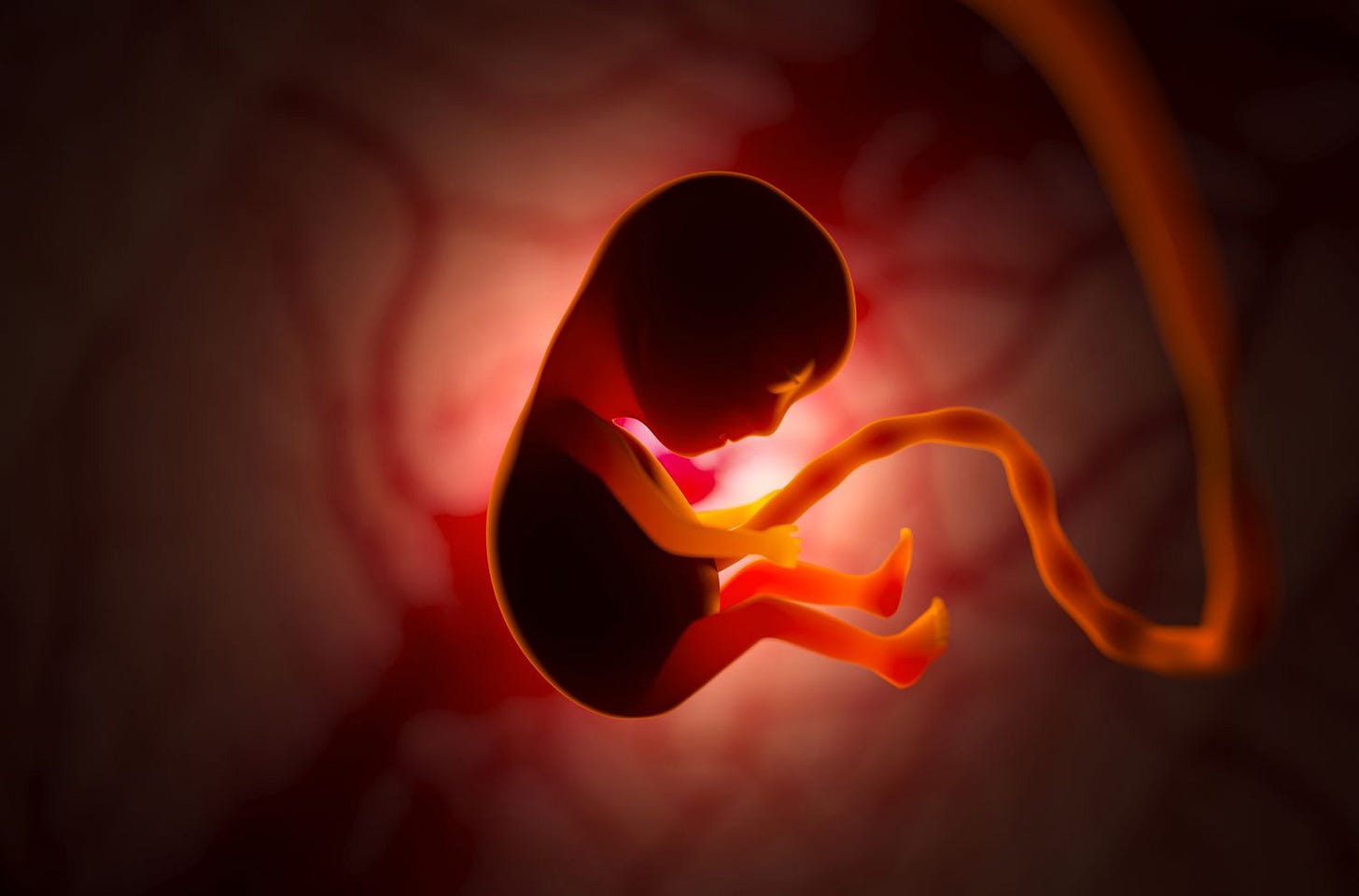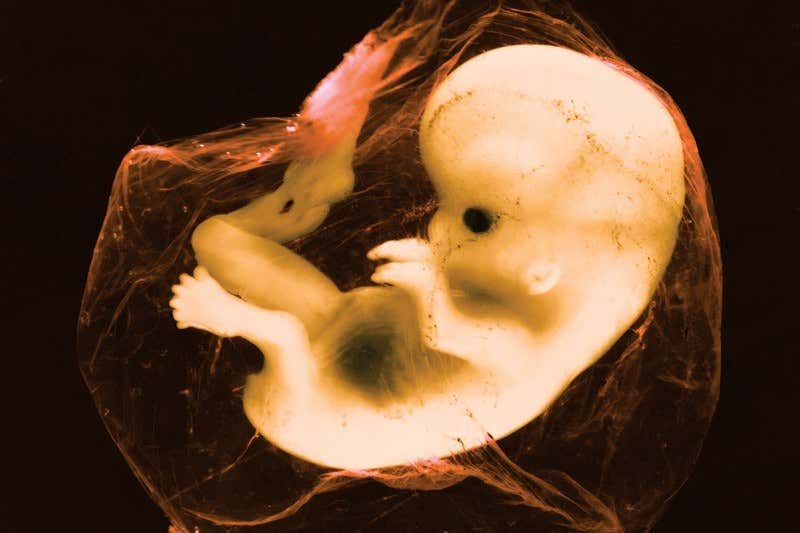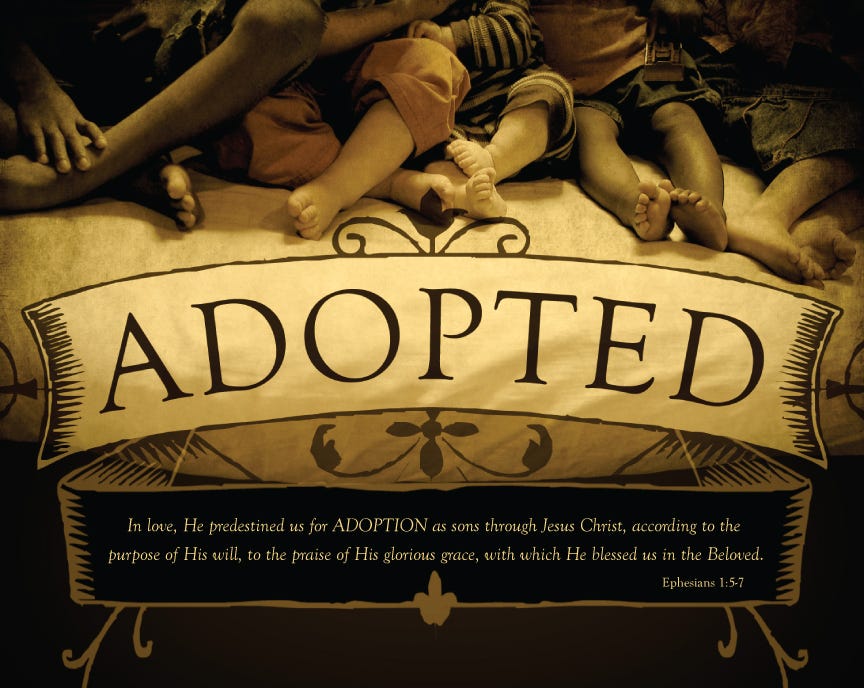"Embryo Adoption": The Illusion of Charity
Surrogacy and Embryo Transfer by Another Name
Human fertility has been divorced from God, marked by profound moral confusion and emotive utilitarianism. Hence, we the Church must be alert not only to the evil that parades as evil but, more insidiously, to the evil that masquerades as virtue. Among the most heart-wrenching examples of this deception is the question of so-called embryo adoption. This practice, while appearing noble and compassionate—offering frozen human embryos, abandoned in fertility clinics, a chance at life—is in truth a deeply flawed moral undertaking that too many well-meaning Catholics have embraced under the veil of misplaced charity.
The Crisis of Compassion Untethered from Truth
The Church Life Journal article, “The Embryo Adoption Problem,” authored by Rachel Coleman, offers a deeply sobering critique of this issue. She reminds us that “embryo adoption” is not merely an act of rescue, but the participation in, and perpetuation of, a gravely immoral system—namely, in vitro fertilization (IVF). As she notes, “participating in ‘embryo adoption’ may not only contribute to the embryo freezing system’s ongoing operation, but also its moral normalization.” This is not mercy. It is a counterfeit form of compassion divorced from the fullness of Catholic truth. As Pope Benedict XVI warned, “Charity without truth is blind.” In an emotionally charged culture that worships reproductive autonomy, many Catholics find themselves seduced by the narrative of “saving” the unborn frozen in nitrogen tanks. But this narrative, if not properly scrutinized, becomes a Trojan horse smuggling in grave error. As St. Paul warns: “Do not be deceived, for even Satan disguises himself as an angel of light” (2 Corinthians 11:14).
The Mechanization of Life: Why IVF and “Embryo Adoption” Are Not Separate
Embryo adoption, for all its sentimental allure, is inseparable from the machinery of IVF. It is simply another phase of the same process—where human beings, made in the image of God (Genesis 1:27), are created not in the embrace of conjugal love but in laboratories, manipulated, catalogued, and frozen like medical specimens. In short, embryo “adoption” is nothing more than embryo transfer and surrogacy, the exact same mechanized procedure utilized in varying iterations of IVF. To participate in “embryo adoption” is to cooperate—however unintentionally—with the technological deconstruction of procreation. The child becomes not the fruit of a marital act, but a product of science, “selected” for implantation, with others discarded or lost. It is, to borrow from Coleman, “reproductive consumerism in ecclesial vestments.” No degree of well-meaning intention can erase the fact that this process is not natural procreation. It severs the essential unitive and procreative dimensions of marital intimacy. As Donum Vitae states: “The child has the right to be conceived, carried in the womb, brought into the world and brought up within marriage. It is through the secure and recognized relationship to his own parents that the child can discover his own identity.”
High Failure Rates, Low Moral Ground
It is not only the process that is problematic. The success rates of embryo transfer are alarmingly low, and each failed attempt often means the death of another human person. Coleman notes that “the failure rates of embryo transfer are high; approximately 70 percent of transferred embryos do not survive implantation.” This is not just a statistic—it is a litany of preventable deaths. In the name of hope, hundreds of tiny lives are sacrificed. The Catechism is unequivocal: “One may not do evil so that good may result from it” (CCC 1756). And again, “A good intention…does not make behavior that is intrinsically disordered…good or justifiable” (CCC 1759). Thus, even if a child is successfully born from this method, the question remains: At what cost? If the moral calculus includes the deliberate endangerment of dozens of embryonic human beings, how can this be consistent with the sanctity of life?
Misplaced Mercy and the Infertility Cross
We must never diminish the genuine suffering that infertility causes. It is a deep cross—one often borne in silence, pierced with tears and unanswered prayers. But crosses are not meant to be circumvented by morally dubious means. They are meant to be carried, united to Christ, and offered for the salvation of the world (Colossians 1:24). Infertility is not a license to take possession of children by any means available. To desire a child is noble. But to “obtain” one through morally illicit methods—even for a good end—is to mirror the fallacy of Saul: disobeying God’s command in order to “do something good” (1 Samuel 15:22–23). As the prophet Samuel says: “To obey is better than sacrifice.” And herein lies the real temptation: in our desire to “save” embryos, we risk perpetuating the very system that created their plight. We risk validating the production of more embryos outside the marital act, justifying it with our tears and pious intentions.
The Motherhood of Mary and the Law of the Body
To understand the sacredness of life’s beginning, one must understand the body as gift. The womb is not a biological rental chamber. It is the sanctum wherein God knits together the human soul (Psalm 139:13). The act of allowing implantation of an embryo conceived outside the conjugal act—into a womb that has no spousal connection to the child’s father (or mother)—is to bypass the nuptial meaning of the body (cf. Theology of the Body, St. John Paul II). Such implantation creates a moral and metaphysical rupture. It separates motherhood from the marital act. Unlike adoption of already-born children—an act of Christian charity deeply consonant with Catholic anthropology—embryo adoption intervenes at the level of origin and procreation. As Coleman wrote, it is not merely postnatal care but “maternal care for gestation—something that the embryo has a right to receive in justice from the woman whose oocyte was used in his or her conception, and who is the child’s biological mother.” To deny this is to deny the child something owed to them by right, not to be granted by convenience.
The Pseudo-Soteriology of Embryo Adoption
Underlying the “embryo adoption” movement is a flawed anthropology and an even more dangerous pseudo-soteriology: the belief that we must become the “saviors” of frozen embryos, even if doing so perpetuates moral evil. But we are not the Savior. Christ is. Our role is not to rescue life through any means necessary but to obey the law of love within the bounds of moral truth. As the Compendium of the Social Doctrine of the Church affirms: “The dignity of every human person and the common good are what guide all moral reflection on the structure and meaning of family, procreation, and medical interventions.”
Dignitas Personae (CDF 2008) also makes clear that frozen embryos may not be used as a treatment for infertility “for the same reasons which make artificial heterologous procreation illicit as well as any form of surrogate motherhood.” It further reiterates Donum Vitae, which states: “The tradition of the Church and anthropological reflection recognize in marriage and in its indissoluble unity the only setting worthy of truly responsible procreation.” It also states, “Heterologous artificial fertilization violates the rights of the child; it deprives him of his filial relationship with his parental origins; it objectively deprives conjugal fruitfulness of its unity and integrity; it brings and manifests a rupture between genetic parenthood [and] gestational parenthood.”
And Dignitas Personae 19 explicitly addresses “embryo adoption” directly: “It has been proposed, solely in order to allow human beings to be born who are otherwise condemned to destruction, that there could be a form of ‘prenatal adoption.’ This proposal, praiseworthy with regard to the intention of respecting and defending human life, presents however various problems not dissimilar to those mentioned above. All things considered, it needs to be recognized that the thousands of embryos represent a situation of injustice which cannot in fact be resolved.” Understanding this, if we accept the mechanized logic of embryo adoption, we subtly embrace the commodification of children. We implicitly affirm the laboratory as a legitimate place of human origin. We participate—unintentionally, perhaps, but no less really—in a culture that treats children not as gifts but as products.
What Then Shall We Do?
The righteous answer is not to adopt embryos but to prophetically oppose the entire IVF industry. We must advocate for the halting of embryo production, for the recognition of the dignity of those already created, and for morally licit means of assisting infertility. This includes embracing licit alternatives such as NaProTECH, prayerfully accepting the vocation of spiritual parenthood, and above all, recognizing that parenthood is not a right but a gift. No one is entitled to a child, any more than they are entitled to the Eucharist. Both are received, never grasped. We must also redouble our pastoral support for infertile couples, who are often neglected by Church ministries. Their suffering is real. But just as we would never advise a couple to abort a child because of poverty, we must never advise a couple to participate in embryo transfer because of longing. To carry the cross of infertility is to walk with Christ. To take up another’s cross by illicit means is not charity—it is Simon of Cyrene without the consent of Christ.
The Only Adoption That Saves
The solution to this crisis is not technocratic manipulation of embryos but conversion of hearts. The real adoption we must proclaim is the one offered in Christ: “You have received the spirit of adoption, by which we cry, ‘Abba! Father!’” (Romans 8:15). That is the true rescue. Not from cryogenic tanks, but from the power of sin and death. If we proclaim that every embryo is a human person, then we must not compromise on how we treat them. If we say they are made in the image of God, then they must never be treated as moral dilemmas to be resolved, but as brothers and sisters to be mourned, prayed for, and remembered. The better path is not “embryo adoption” but the prophetic witness that their creation was an injustice in the first place. And from that place of grief, we must proclaim the Gospel of Life with renewed urgency. Let us not be fooled by pious language cloaking technological manipulation. Let us not do evil that good may come of it. Let us instead proclaim what the world will not: Children are not meant to be made. They are meant to be begotten in the conjugal love of man and woman. And in that begetting lies the mystery of God’s love made flesh.






